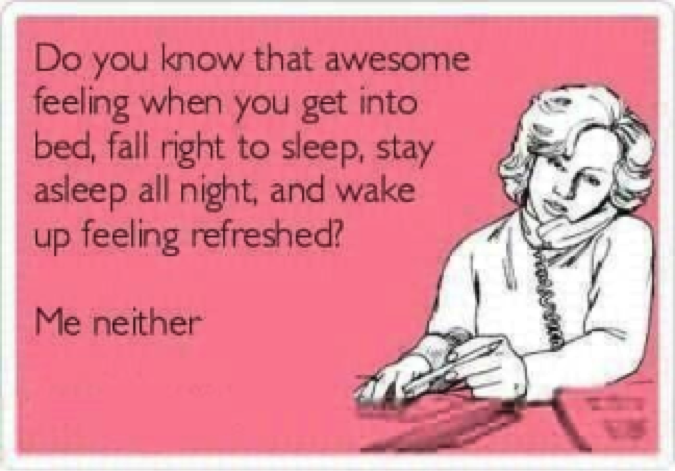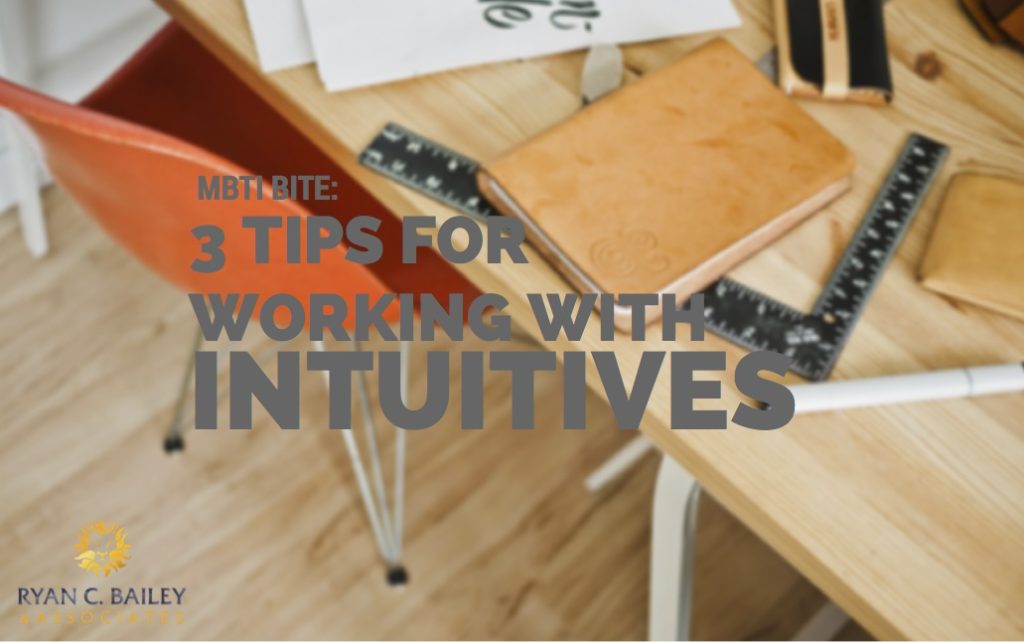One of the top struggles for leaders is learning how to manage their anxiety. As a leader, you carry an incredible amount of responsibility. You have people counting on you. You want to continue to grow and excel, and you want to have an impact. Given the complexity of the obstacles before a leader, their anxiety can often go through the roof. However, they know that they are being watched carefully, by those who report to them, peers, and those they themselves are accountable to. Consequently, many try to stuff their anxiety. They “act as if” everything is okay, finding the silver lining in whatever it is they are going through, and waiting till no one is around to allow themselves to fully feel the anxiety that is just under the surface.
Studies have shown that some amount of anxiety can actually help performance. However, many times anxiety can get so strong that it works against us. We are not able to generate solutions. We may find ourselves unable to fall asleep, or we wake up in the middle of the night and are unable to fall back asleep. Or we may start stress-eating, or stress-fasting. Perhaps we are not fully present in meetings, or are not hearing our direct reports when they really need us. Anxiety can take different guises.
I want to offer a simple, tangible tool to decrease your anxiety in the workplace (and in your personal life!).
Do you want to deal effectively with your anxiety in 15 minutes or less?
Download this Excel spreadsheet and I will walk you through a way to do just that. Afterwards, I will give you an example of how I used it to overcome one of my worst recurring anxieties.
Looking at the worksheet, follow me along. You need to be detailed in columns B-F. The more details, the more you should feel your anxiety being impacted as you go from column to column.
Column A: The date when you are doing this exercise for the anxiety you are currently facing (no details here :-)
Column B: Write in detail the absolute worst case scenario that could arise from the situation that is currently making you anxious. Describe the factors that make this the worst case scenario, and write what you would feel if that scenario arose. Do not hold back on details in this column. You know you are doing a great job if your anxiety picks up, or you can clearly recognize that your anxiety would be horribly higher if that worst case scenario were to happen. Once you feel that, immediately go to column C.
Column C: Write what good options can come if the absolute worst case scenario happened. If you did a good job in column B, it should be hard to think of more than one good thing that could come from that worst case scenario. This is where you have to break down the question by relating it to specific parts of life. In other words, what good could come....
Vocationally
Relationally
Emotionally
Mentally
Financially
Spiritually
Physically
For each person directly impacted from the scenario
For loved ones
For your team
For your overall organization
Etc.
You know you can stop thinking of options when the edge has been taken off the anxiety and you are starting to feel hope. You probably still feel anxious, but it has gone down a couple of notches and you can begin to see a way forward. Then go to Column D.
Column D: Describe the actual scenario you find yourself in. Once again, you want to state the facts of what you feel along with what you would feel about the facts. You need to be detailed here. Really describe it until you can taste it.
Column E: Generate options for what good things can come from Column D. Since you have found options through the worst case scenario, you should see options for column E. Literally, you can copy and paste many of the ones from Column C, but here you will get more specific about what you’re actually facing. You need to keep generating options until you feel hope and your anxiety has gone down tremendously.
My Personal Success Story
Here is a template for what this exercise could look like. It is a bit embarrassing for me to share this, but it proves how well this tool works.
I used to write business plans for a living and, with the exception of two years of my life, I have always run my own business. I went to business school and studied business cycles. So you would think that I would not get overly anxious about the down side of the business cycle in a calendar year.
Yet, despite all of the evidence that shows how predictable the down time is, and even more, the clear evidence that things pick up at about the same time every year, I used to get really anxious during the downtime of the business cycle.
My wife would always look at me and say, “It was like this last year” or “This year is not as bad as last year." And sure enough, things would start to turn around. But year after year, I lived with anxiety.
So if you have the What Good Could Come From This? spreadsheet up, let me walk you through what has put a permanent stop to this recurring anxiety.
A few years ago, I wrote the date in Column A.
Then in Column B, I wrote out the absolute worst case scenario that could come from the downtime in the business cycle. Here is what I wrote:
During a down business cycle, not just 20-25% of clients drop, but all drop. As much as I try to generate income for my family, we wind up losing all of our assets, including our house. Then my wife, my kids, and my in-laws are forced to live under a bridge. I would see them suffering and feel guilty, ashamed, desperate, isolated. I would believe it was all my fault that this scenario happened and I would feel crushed by it.
When I got to Column C, I could hardly think of one good thing that could come from the worst case scenario. So I focused on what good could come in different parts of my life. Here is what I saw, and I wrote:
Any time I have gone through a career change, a better option has emerged. It could happen again in just the same way. My wife and I have always been tight during hard times - this one could be the same. I could get more time with my kids. My in-laws are incredibly gracious and resourceful. They would help brainstorm ideas. I would be walking a lot more so I would be in better shape. If I lost all my assets, then anything that gets added would be better financially. I would have more time to think and get creative. I could even get positive about this situation if I saw good things come. It would teach me to be mentally resilient. I could see people at my church help us in unexpected ways. God and I could get tighter and I could see Him act in unexpected ways. Those on my team could find other opportunities. They are gifted and resourceful as well. Or they would brainstorm options with me and our company could emerge better than ever.
At that point, I started to feel a little better and had a little hope, so I jumped to Column D. I described the actual scenario as follows:
There are only two times of the year when the business cycle is lower. Just as summer is starting there is a brief 10-15% drop. It lasts a couple of weeks and then picks up again, especially with more training gigs. Then, a week before Thanksgiving through the second or third week in January, there is a 20-25% drop. Although I get really anxious during this time, all that happens is that we eat out less and we dip into savings a little. But I get really anxious and believe that it is going to dry up. I get clouded, don't make the most of the time I have, stay down despite others noting that we experience this drop every year. The holidays help but I am still somewhat distracted.
Then when I got to Column E, it was much easier to generate options for what good could come from the actual scenario. Here is what I wrote:
Vocationally - I have time to do what I don't get enough time to do (i.e. business development, train the team, get ahead on blogs, get trained on the things that will advance clients, take a longer vacation, etc.)
Relationally - I can take advantage of the situation and spend more time with my wife and kids. It would be great to hang more with friends.
Emotionally - I can rest up more and do a better job at processing my own emotions.
Physically - I can work out more--go after more FitBit Workweek Hustles and beat top competitors.
Financially - I can review how my company and family spend money, and eliminate where we are wasting money or find better, more economical ways to accomplish what we want to accomplish.
Mentally - I can dream more, focus on gratitude more, do more brain games, even get unplugged more.
Spiritually - I can up the times I spend connecting to God in ways that have been meaningful. My wife and I can take an extra weekend away right in the middle of the holiday rushes. The kids and I can do more fun things. The team and I could also do a fun holiday party. Our company can volunteer and help others.
By the time I was done, I felt great.
I’ve found that in order to experience what I did, you have to give Columns B-E lots of detail, especially in the emotional description of what you could feel (if the worst case scenario happened) or what you are currently feeling (from the actual case scenario). Then you have to generate lots of options in Column E.
You are going to feel so much hope if you do a good job of generating options. Capture that hope in Column F. So I wrote:
I feel hopeful and alive. I feel free.
The very next year, not only did I not have fear going into the biggest drop in the cycle, but I was looking forward to all the things I would do that would move the needle forward.
Clients who have used this tool share that after they have used it a few times, when they face the next anxious moment and open up the spreadsheet, in the process of scrolling down to the next free row, they don’t even have to write anything because the reminder of how they felt hope when using this tool has led them to feel hope about the current situation.
Moreover, clients have shared that eventually, they begin to feel hope when they just see the spreadsheet in their Finder window.
What’s been freaky to hear is that some clients who were diagnosed with an Anxiety Disorder and were being medicated for it, have had their meds reduced, and a few have even gotten off anxiety meds completely.
Genuinely hoping this tool pays as many dividends for you as it has for them and for me.
Chew On This:
What would remind you to use the What Good Could Come From This tool the next time you feel anxious?
Ryan C. Bailey is President and CEO of an organizational effectiveness company that equips leaders to develop in-demand high performing teams.
*This blog is an amalgamation of a few different clients. No one single client is being singled out.




